Using Marketing Automation to Follow Up and Nurture Leads
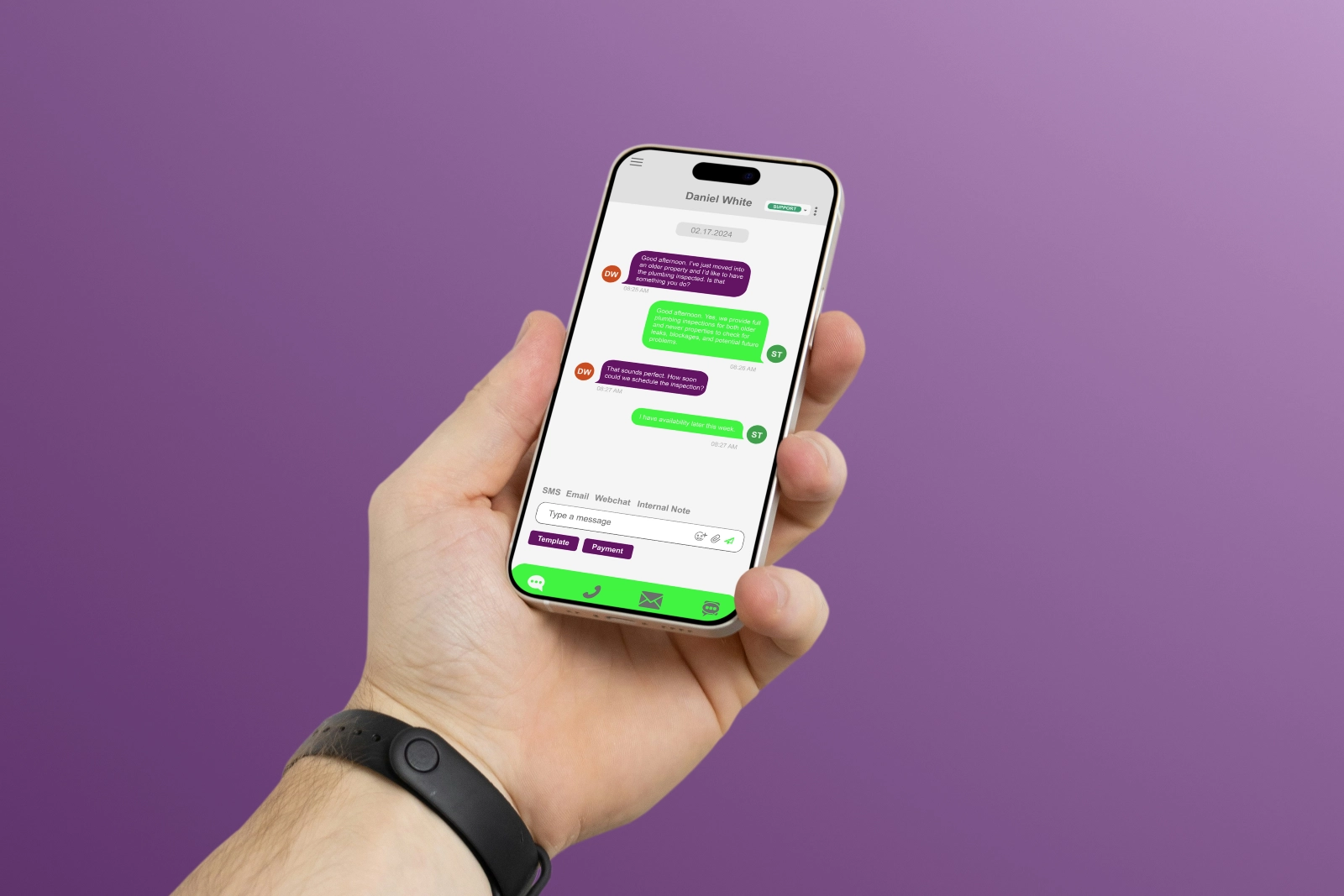
Key Takeaways
Converting leads into loyal customers is one of the top priorities for businesses of all sizes, and using automations to follow up with leads has quickly become an essential tool for achieving this goal. Leveraging automation for follow-up and lead nurturing allows businesses to maintain consistent communication, deliver personalized experiences at scale, and maximize the value of each prospect. This guide explains the key concepts, benefits, strategies, and steps involved in implementing effective automated follow-ups and lead nurturing processes, giving you the insight needed to streamline your sales pipeline.
Understanding Automated Lead Follow-Up
Automated lead follow-up refers to the use of technology platforms—such as customer relationship management (CRM) tools and marketing automation software—to systematically engage prospects following their initial interaction with your business.
Instead of relying on manual reminders and one-off messages, automation ensures that every lead receives timely, relevant, and personalized outreach based on their behavior and interests.
Automation enables businesses to reduce response time, prevent leads from falling through the cracks, and free sales and marketing teams to focus on higher-value activities.
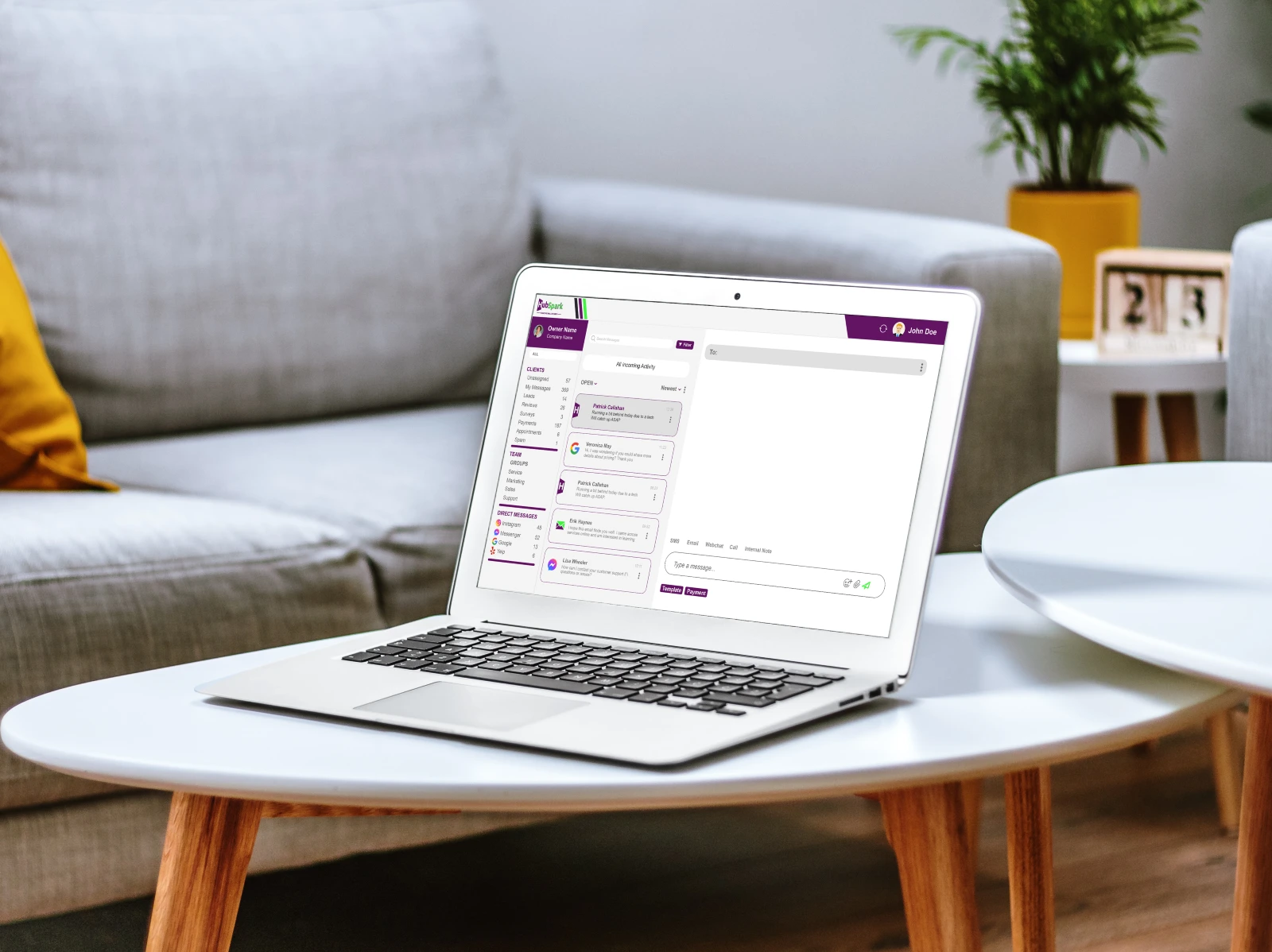
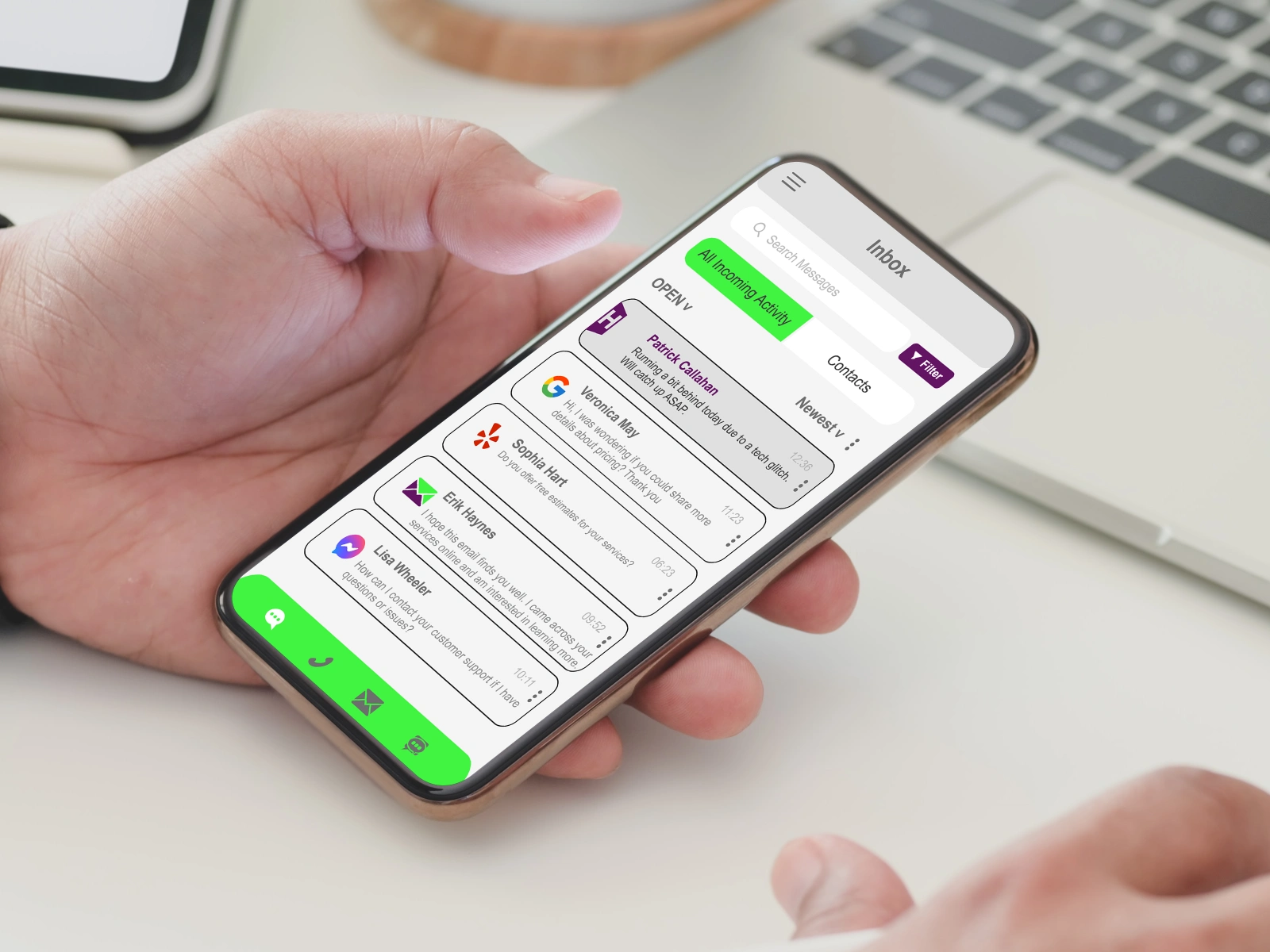
The Benefits of Automating Lead Follow-Up and Nurturing
By using automations for your lead follow-up and nurturing processes, your organization can achieve a range of concrete benefits that improve both efficiency and lead conversion rates. Here are the major benefits to consider with following up with leads and nurturing them:
- Consistent and Timely Outreach: Automated workflows make sure every lead receives follow-up communication at optimal intervals, preventing manual oversight or forgetfulness by sales representatives.
- Personalization at Scale: By segmenting your leads and tailoring messaging based on their actions or attributes, automation tools deliver relevant content that speaks directly to each prospect’s needs and stage in the buyer’s journey.
- Increased Conversion Rates: Consistent engagement and targeted nurturing increase the likelihood of prospects moving forward, as research shows that “warm” leads—those who are nurtured—are far more likely to convert than “cold” ones.
- Efficient Use of Resources: Using automations frees your team from repetitive tasks such as sending emails, scheduling calls, and tracking responses, allowing them to focus on building relationships and closing deals.
- Data-Driven Optimization: Automated systems capture detailed engagement metrics, enabling you to measure performance, test new strategies, and refine your follow-up processes for better outcomes.
Key Components of Automated Lead Nurturing
For your automated lead nurturing program to yield results, it should encompass several foundational elements, each working together to build stronger relationships with prospects.
Lead segmentation is the practice of grouping your prospects based on shared characteristics such as demographics, behavior, or source of lead. Effective segmentation allows you to deliver content and follow-up sequences tuned to each group’s interests and readiness to buy.
Once segmented, you can craft targeted messaging that addresses the unique challenges, goals, or objections of each segment. Additionally, mapping your lead nurturing content to the buyer’s journey—from awareness and consideration to decision—ensures relevance and encourages progression through your sales funnel.
Finally, trigger-based workflows are vital; these are automated actions that respond to specific behaviors, like downloading a guide, attending a webinar, or clicking an email link, delivering timely follow-up that matches each lead’s engagement level.
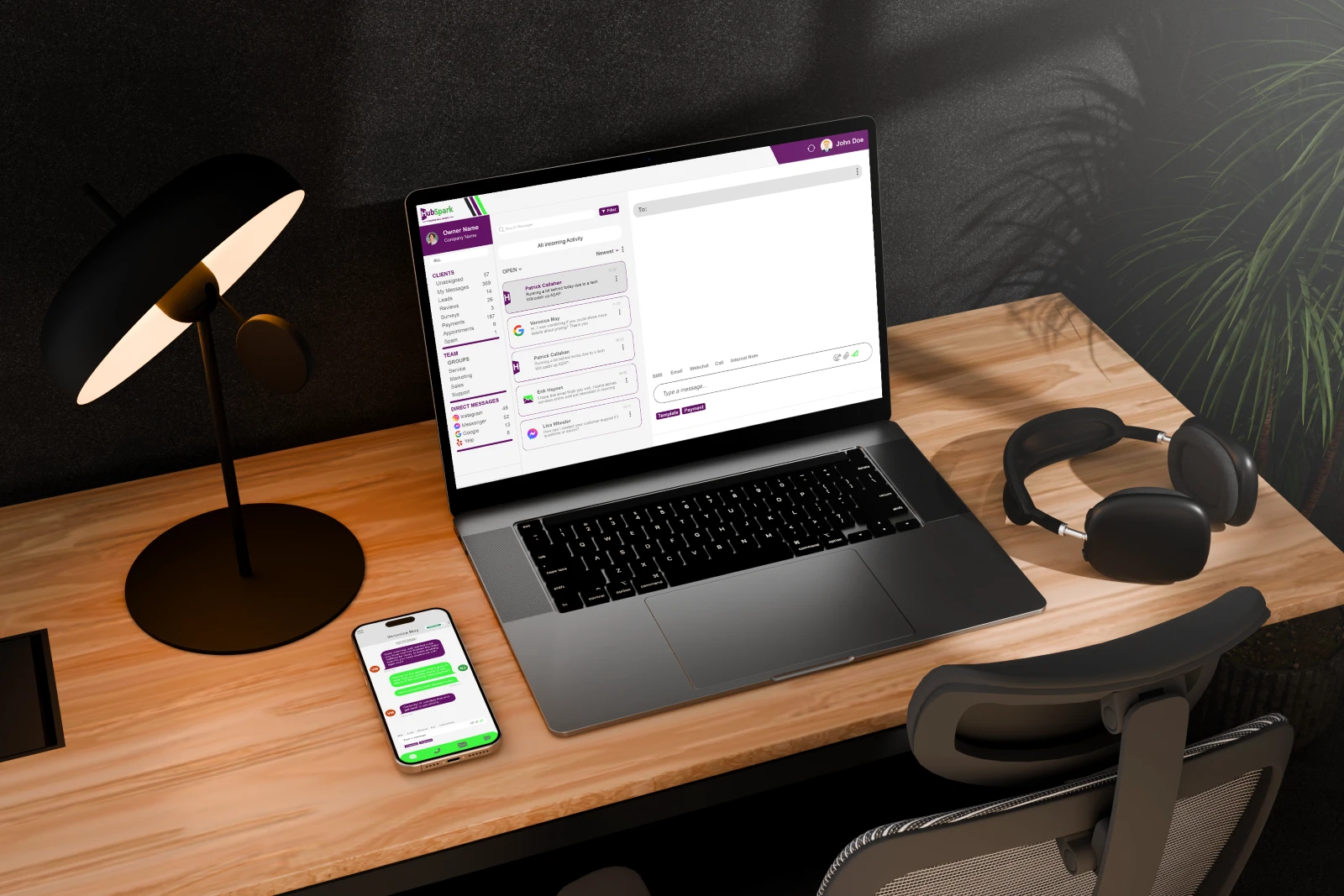
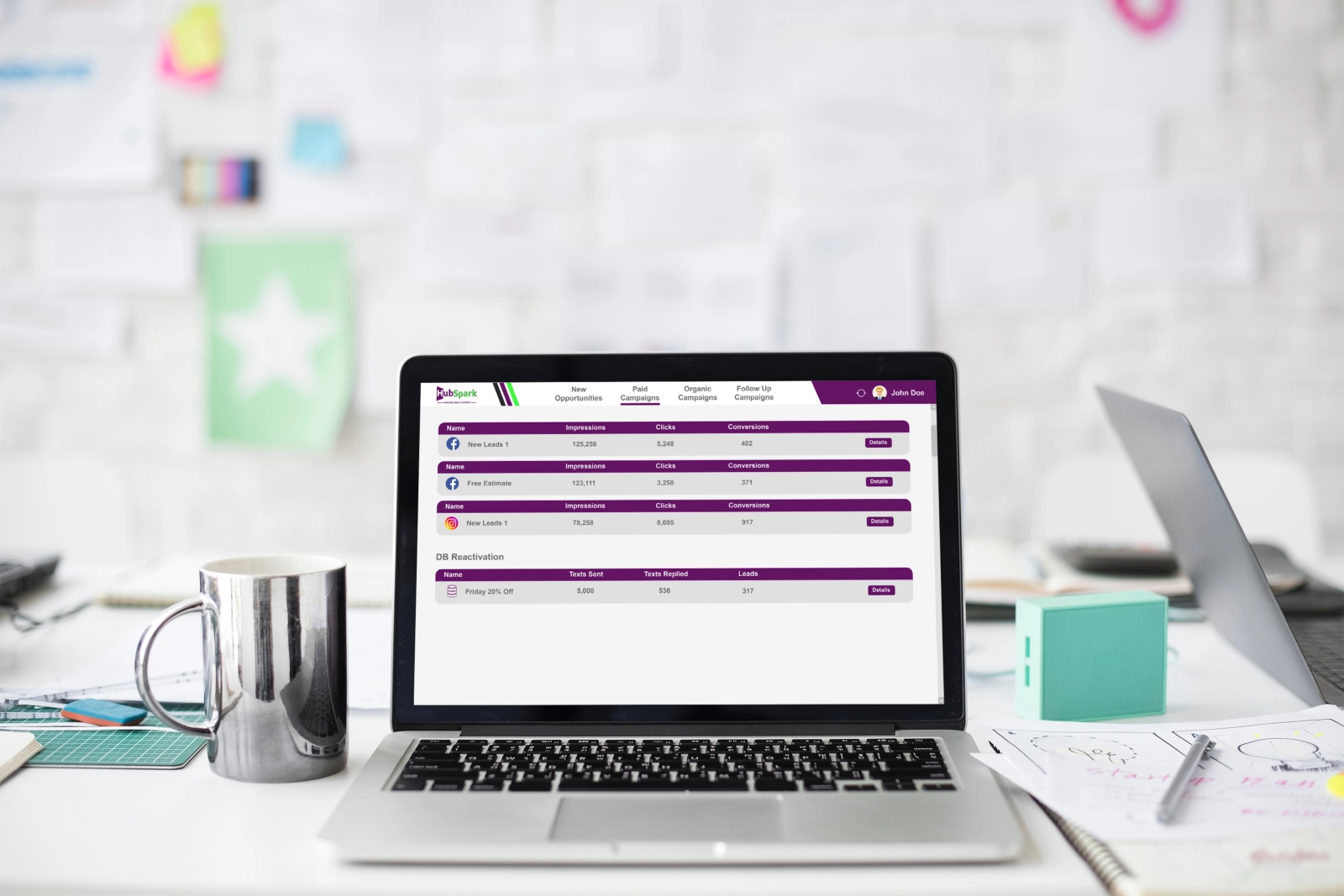
Setting Up an Automated Lead Follow-Up System
Implementing a successful automated follow-up system requires thoughtful planning and execution. Below are the key steps to guide your implementation on how to follow up with leads and to nurture them:
- Define Your Lead Stages and Criteria: Clearly outline each stage of your sales funnel, from new prospect to qualified lead. Establish criteria for qualifying and moving leads through these stages, as this informs your workflow triggers and messaging.
- Choose the Right Automation Platform: Evaluate CRM and marketing automation solutions based on your business size, industry, required integrations, and budget. HubSpark’s CRM and Marketing modules work hand-in-hand providing businesses with an all-in-one platform solutions.
- Design Workflow Sequences: Build automated workflows for each segment and stage in your funnel. Sequences may include welcome emails, educational drip campaigns, follow-up reminders, and re-engagement messages triggered by lead activity or inactivity.
- Craft Compelling Content: Develop personalized, value-driven content for every phase and segment—ranging from introductory emails and educational resources to case studies and direct sales offers. Ensure messaging addresses each prospect’s goals and pain points to drive engagement.
- Test, Monitor, and Optimize: Regularly track metrics such as open rates, click-through rates, conversions, and lead progression. Use these insights to experiment with timing, messaging, and sequence length, continuously refining your automation strategy.
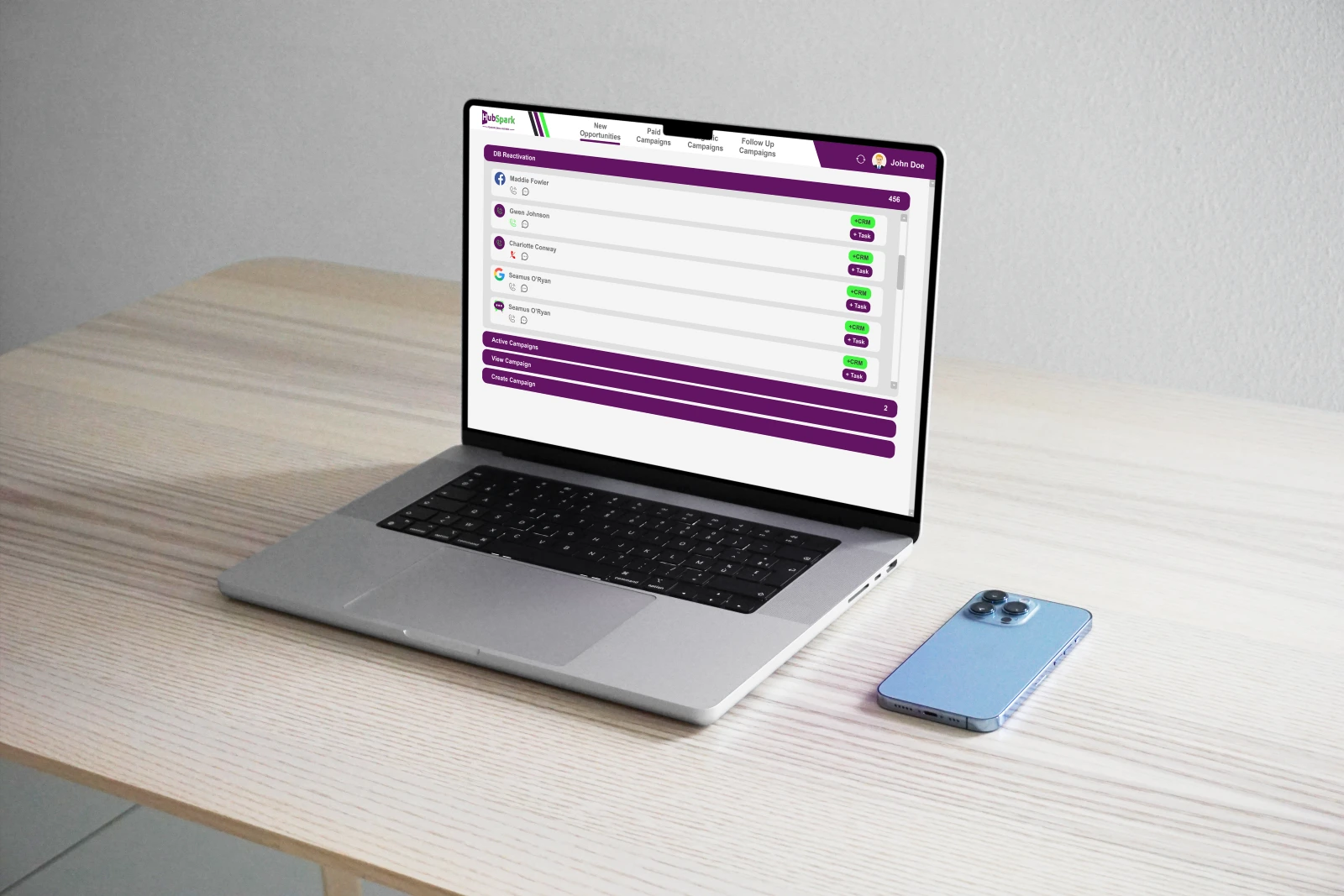
Best Practices for Successful Lead Nurturing Automation
Optimizing your automated lead nurturing efforts involves adhering to a set of established best practices. These recommendations can help you maximize results and avoid common pitfalls.
- Balance Automation and Human Touch: While automation is powerful, it should enhance—not replace—meaningful personal interaction. Incorporate trigger points that prompt your sales team to reach out personally to highly engaged or ready-to-buy leads for one-on-one communication.
- Keep Workflows Dynamic and Responsive: Regularly revisit your segmentation rules, conditions, and content to ensure automation remains aligned with changes in your business, products, or market. Flexibility enables you to address new objections, trends, or competitors.
- Maintain Message Relevance: Use dynamic fields, personalized recommendations, and relevant offers based on lead behavior and demographic data. Irrelevant or generic messaging can lead to disengagement, undermining your efforts.
- Nurture for the Long Term: Not all leads convert quickly. Develop longer-term nurture tracks for prospects who may be months away from a buying decision, providing periodic value and staying top-of-mind without overwhelming frequency.
- Respect Consent and Preferences: Adhere to data privacy laws and best practices by securing clear consent before enrolling leads in automated campaigns. Offer easy options to update preferences or unsubscribe.
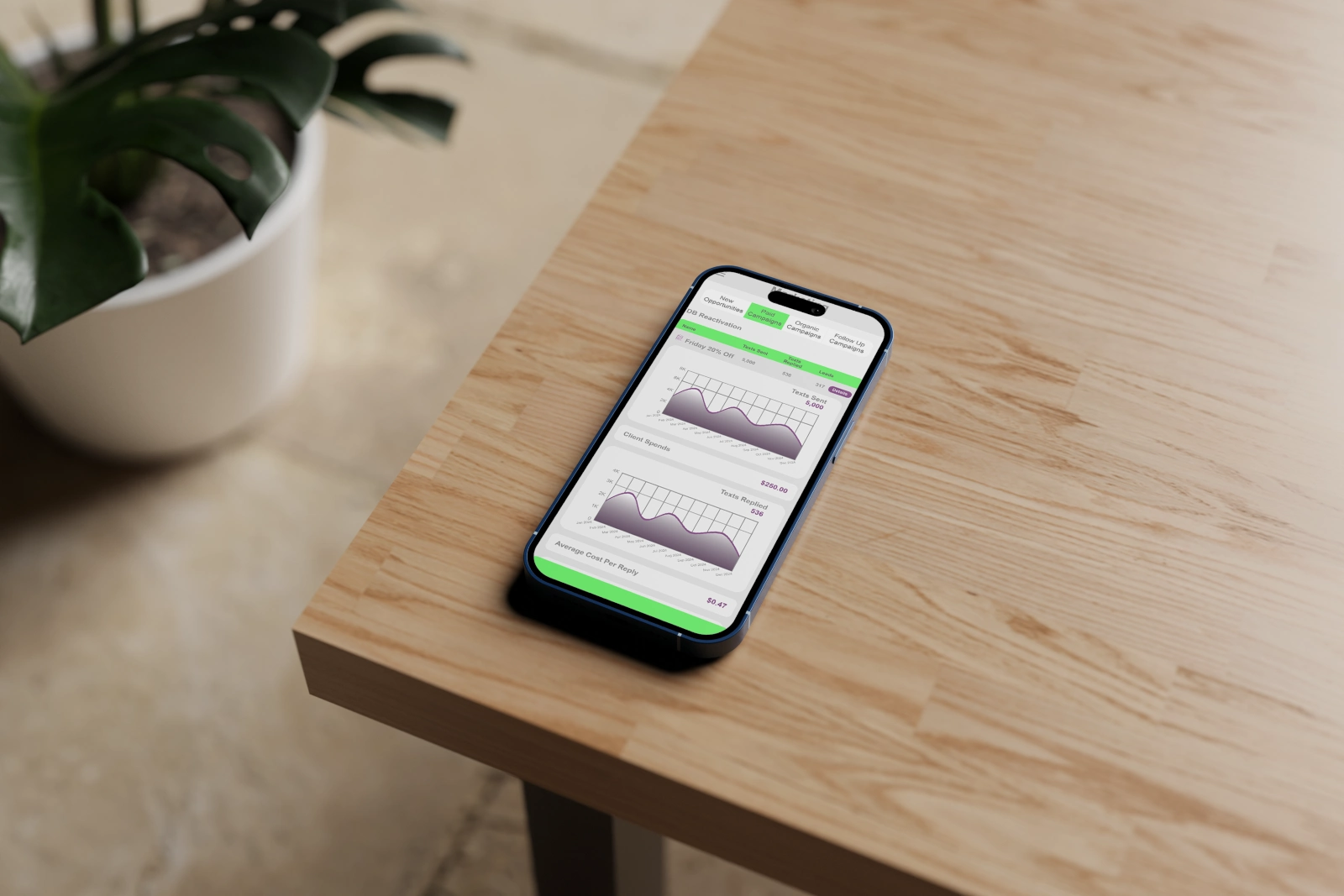
Measuring and Optimizing Automation Effectiveness
Tracking and improving the performance of your automated follow-up and nurturing requires a data-driven approach. Monitor key performance indicators (KPIs) such as response rates, lead advancement through funnel stages, and conversion rates from lead to customer.
Regular reporting allows you to spot bottlenecks or drop-off points where prospects lose interest. By conducting A/B tests on subject lines, content, timing, and channel mix, you can pinpoint what resonates best, then refine your workflows for greater impact.
Finally, seek feedback from sales teams on lead engagement quality, as automation should seamlessly feed qualified prospects into live conversations for closing.
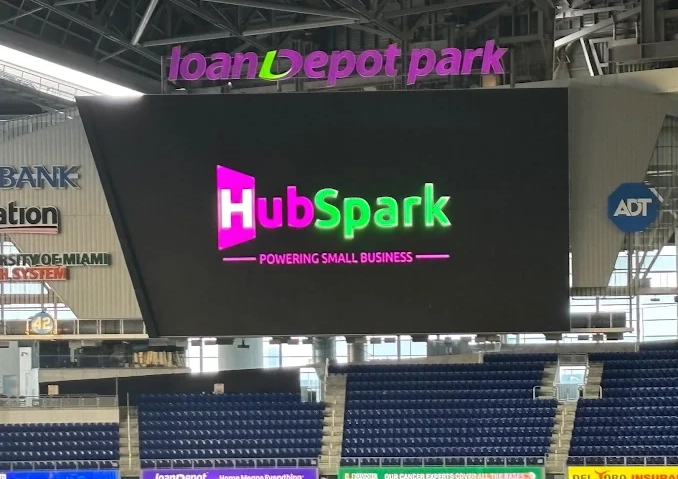
Start Using Automations to Follow Up With Leads and Drive More Business with HubSpark!
Automating your lead follow-up and nurturing processes is a transformative strategy for driving business growth, increasing efficiency, and delivering tailored experiences to each prospect.
By carefully planning your approach, selecting the right tools, and adhering to best practices, you can build an automated system that not only maintains consistent engagement but also adapts and improves over time.
Embrace using automations as a means to empower your team, build stronger customer relationships, and convert more leads into loyal clients.
By using automations within the HubSpark app, your business can streamline the process for following up with leads and allowing you to nurture them effectively. Contact HubSpark today if you are ready to get started on using automations to grow your business!
Frequently Asked Questions
To minimize the risk of impersonal communication, leverage personalization tools within the HubSpark platform to use each lead’s name, company, and behavioral data. Additionally, incorporate occasional personal outreach—such as a phone call or a custom email from a real team member—at key points in the lead’s journey.
The ideal frequency depends on your sales cycle, industry, and the lead’s place in the buyer’s journey. Generally, start with more frequent touchpoints soon after initial engagement, then taper the frequency over time, always monitoring for signs of fatigue or disengagement.
If leads stagnate, review your content for relevance and value, test alternative messaging or timing, and ensure your segments and triggers are accurate.
Consider implementing re-engagement campaigns and integrating additional channels—such as SMS marketing or website chat—to regain attention and gather more insight into each lead’s needs.
By utilizing SMS marketing automation., you can send messages that are targeted to specific triggers or customer behaviors. For example, when a customer subscribes to a newsletter or completes a purchase, an automated SMS can be sent to greet them or thank them for their order. This instant recognition builds rapport from the very beginning. Plus, businesses can configure reminders for appointments, specials, or even abandoned carts — all with great conversion potential.
Automation makes segmentation possible, so businesses can send notes to their audience based on preferences, location, or purchase history. This doesn’t mean that it’s all blast messages, either–the messages are tailored to individual customers. For instance, a clothing store could send a discount code for winter wear to buyers who once purchased winter clothing thereby increasing the chance of them making another purchase. SMS marketing automation can have follow up sequences that nurture leads over time. Post-purchase, automations texts can offer product usage tips, ask for feedback, or recommend accessories. This ongoing engagement keeps the brand top-of-mind and encourages future purchases.
You can automate virtually any type of follow-up campaigns, including welcome emails, informational newsletters, promotional offers, and reminders for abandoned carts or upcoming events. This flexibility helps maintain ongoing engagement with your leads.
By utilizing HubSpark for lead follow-up automation, you can expect increased efficiency in managing leads, improved response rates due to timely communications, and higher conversion rates as a result of personalized engagement. Additionally, automating these processes frees up valuable time for your sales team to focus on closing deals.


Converting leads into loyal customers is one of the top priorities for businesses of all sizes, and using automations to follow up with leads has quickly become an essential tool for achieving this goal. Leveraging automation for follow-up and lead nurturing allows businesses to maintain consistent communication, deliver personalized experiences at scale, and maximize the value of each prospect. This guide explains the key concepts, benefits, strategies, and steps involved in implementing effective automated follow-ups and lead nurturing processes, giving you the insight needed to streamline your sales pipeline.
Understanding Automated Lead Follow-Up
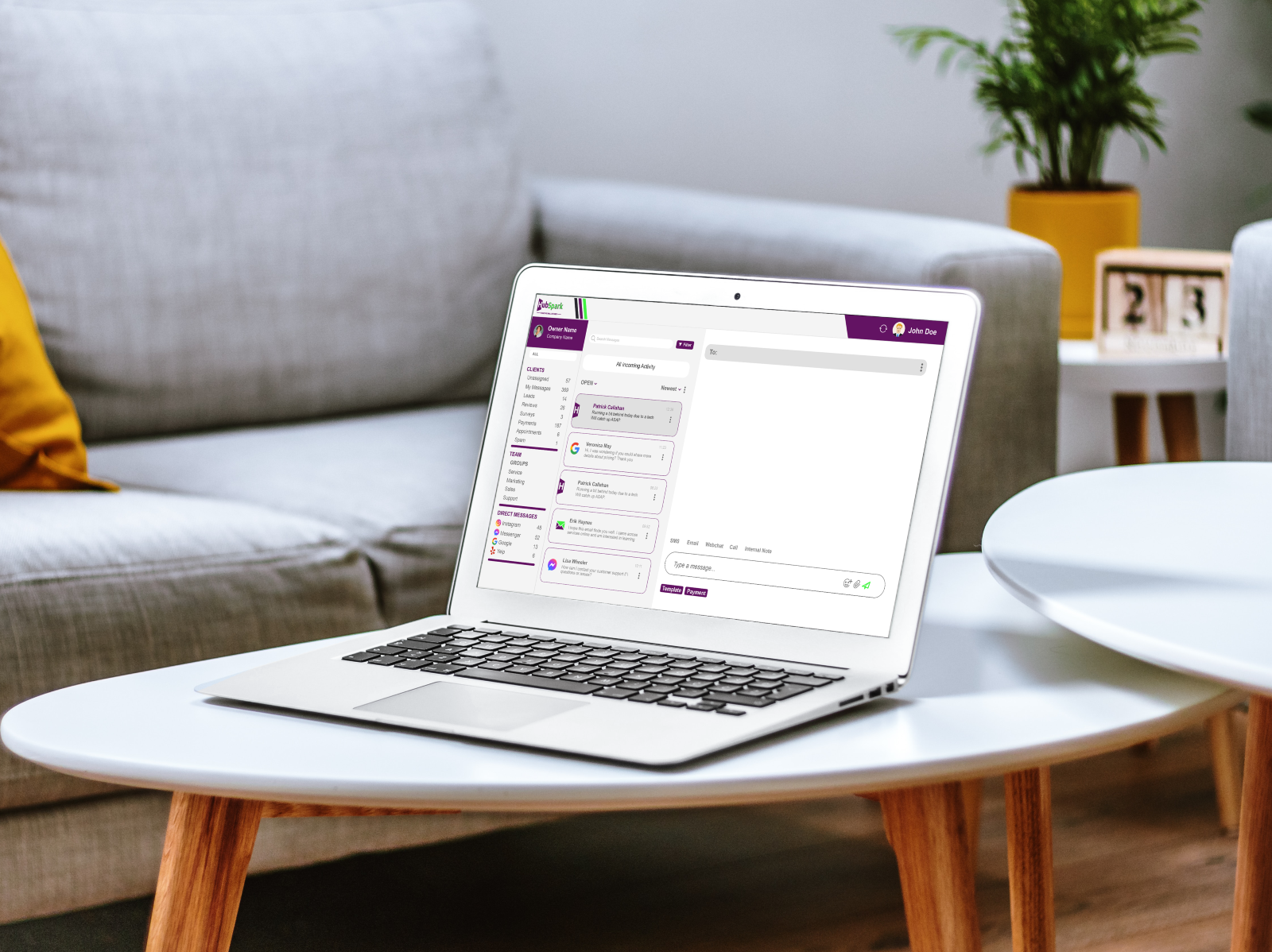
Automated lead follow-up refers to the use of technology platforms—such as customer relationship management (CRM) tools and marketing automation software—to systematically engage prospects following their initial interaction with your business.
Instead of relying on manual reminders and one-off messages, automation ensures that every lead receives timely, relevant, and personalized outreach based on their behavior and interests.
Automation enables businesses to reduce response time, prevent leads from falling through the cracks, and free sales and marketing teams to focus on higher-value activities.
The Benefits of Automating Lead Follow-Up and Nurturing

By using automations for your lead follow-up and nurturing processes, your organization can achieve a range of concrete benefits that improve both efficiency and lead conversion rates. Here are the major benefits to consider with following up with leads and nurturing them:
- Consistent and Timely Outreach: Automated workflows make sure every lead receives follow-up communication at optimal intervals, preventing manual oversight or forgetfulness by sales representatives.
- Personalization at Scale: By segmenting your leads and tailoring messaging based on their actions or attributes, automation tools deliver relevant content that speaks directly to each prospect’s needs and stage in the buyer’s journey.
- Increased Conversion Rates: Consistent engagement and targeted nurturing increase the likelihood of prospects moving forward, as research shows that “warm” leads—those who are nurtured—are far more likely to convert than “cold” ones.
- Efficient Use of Resources: Using automations frees your team from repetitive tasks such as sending emails, scheduling calls, and tracking responses, allowing them to focus on building relationships and closing deals.
- Data-Driven Optimization: Automated systems capture detailed engagement metrics, enabling you to measure performance, test new strategies, and refine your follow-up processes for better outcomes.
Key Components of Automated Lead Nurturing

For your automated lead nurturing program to yield results, it should encompass several foundational elements, each working together to build stronger relationships with prospects.
Lead segmentation is the practice of grouping your prospects based on shared characteristics such as demographics, behavior, or source of lead. Effective segmentation allows you to deliver content and follow-up sequences tuned to each group’s interests and readiness to buy.
Once segmented, you can craft targeted messaging that addresses the unique challenges, goals, or objections of each segment. Additionally, mapping your lead nurturing content to the buyer’s journey—from awareness and consideration to decision—ensures relevance and encourages progression through your sales funnel.
Finally, trigger-based workflows are vital; these are automated actions that respond to specific behaviors, like downloading a guide, attending a webinar, or clicking an email link, delivering timely follow-up that matches each lead’s engagement level.
Setting Up an Automated Lead Follow-Up System

Implementing a successful automated follow-up system requires thoughtful planning and execution. Below are the key steps to guide your implementation on how to follow up with leads and to nurture them:
- Define Your Lead Stages and Criteria: Clearly outline each stage of your sales funnel, from new prospect to qualified lead. Establish criteria for qualifying and moving leads through these stages, as this informs your workflow triggers and messaging.
- Choose the Right Automation Platform: Evaluate CRM and marketing automation solutions based on your business size, industry, required integrations, and budget. HubSpark’s CRM and Marketing modules work hand-in-hand providing businesses with an all-in-one platform solutions.
- Design Workflow Sequences: Build automated workflows for each segment and stage in your funnel. Sequences may include welcome emails, educational drip campaigns, follow-up reminders, and re-engagement messages triggered by lead activity or inactivity.
- Craft Compelling Content: Develop personalized, value-driven content for every phase and segment—ranging from introductory emails and educational resources to case studies and direct sales offers. Ensure messaging addresses each prospect’s goals and pain points to drive engagement.
- Test, Monitor, and Optimize: Regularly track metrics such as open rates, click-through rates, conversions, and lead progression. Use these insights to experiment with timing, messaging, and sequence length, continuously refining your automation strategy.
Best Practices for Successful Lead Nurturing Automation

Optimizing your automated lead nurturing efforts involves adhering to a set of established best practices. These recommendations can help you maximize results and avoid common pitfalls.
- Balance Automation and Human Touch: While automation is powerful, it should enhance—not replace—meaningful personal interaction. Incorporate trigger points that prompt your sales team to reach out personally to highly engaged or ready-to-buy leads for one-on-one communication.
- Keep Workflows Dynamic and Responsive: Regularly revisit your segmentation rules, conditions, and content to ensure automation remains aligned with changes in your business, products, or market. Flexibility enables you to address new objections, trends, or competitors.
- Maintain Message Relevance: Use dynamic fields, personalized recommendations, and relevant offers based on lead behavior and demographic data. Irrelevant or generic messaging can lead to disengagement, undermining your efforts.
- Nurture for the Long Term: Not all leads convert quickly. Develop longer-term nurture tracks for prospects who may be months away from a buying decision, providing periodic value and staying top-of-mind without overwhelming frequency.
- Respect Consent and Preferences: Adhere to data privacy laws and best practices by securing clear consent before enrolling leads in automated campaigns. Offer easy options to update preferences or unsubscribe.
Measuring and Optimizing Automation Effectiveness

Tracking and improving the performance of your automated follow-up and nurturing requires a data-driven approach. Monitor key performance indicators (KPIs) such as response rates, lead advancement through funnel stages, and conversion rates from lead to customer.
Regular reporting allows you to spot bottlenecks or drop-off points where prospects lose interest. By conducting A/B tests on subject lines, content, timing, and channel mix, you can pinpoint what resonates best, then refine your workflows for greater impact.
Finally, seek feedback from sales teams on lead engagement quality, as automation should seamlessly feed qualified prospects into live conversations for closing.
Start Using Automations to Follow Up With Leads and Drive More Business with HubSpark!

Automating your lead follow-up and nurturing processes is a transformative strategy for driving business growth, increasing efficiency, and delivering tailored experiences to each prospect.
By carefully planning your approach, selecting the right tools, and adhering to best practices, you can build an automated system that not only maintains consistent engagement but also adapts and improves over time.
Embrace using automations as a means to empower your team, build stronger customer relationships, and convert more leads into loyal clients.
By using automations within the HubSpark app, your business can streamline the process for following up with leads and allowing you to nurture them effectively. Contact HubSpark today if you are ready to get started on using automations to grow your business!
FAQ

1. How can I avoid making my automated follow-ups seem impersonal?
To minimize the risk of impersonal communication, leverage personalization tools within the HubSpark platform to use each lead’s name, company, and behavioral data. Additionally, incorporate occasional personal outreach—such as a phone call or a custom email from a real team member—at key points in the lead’s journey.
2. How frequently should I send automated follow-up messages to leads?
The ideal frequency depends on your sales cycle, industry, and the lead’s place in the buyer’s journey. Generally, start with more frequent touchpoints soon after initial engagement, then taper the frequency over time, always monitoring for signs of fatigue or disengagement.
3. What should I do if leads aren’t progressing through the automated funnel?
If leads stagnate, review your content for relevance and value, test alternative messaging or timing, and ensure your segments and triggers are accurate.
Consider implementing re-engagement campaigns and integrating additional channels—such as SMS marketing or website chat—to regain attention and gather more insight into each lead’s needs.
4. How does SMS marketing work with using automations?
By utilizing SMS marketing automation., you can send messages that are targeted to specific triggers or customer behaviors. For example, when a customer subscribes to a newsletter or completes a purchase, an automated SMS can be sent to greet them or thank them for their order. This instant recognition builds rapport from the very beginning. Plus, businesses can configure reminders for appointments, specials, or even abandoned carts — all with great conversion potential.
Automation makes segmentation possible, so businesses can send notes to their audience based on preferences, location, or purchase history. This doesn’t mean that it’s all blast messages, either–the messages are tailored to individual customers. For instance, a clothing store could send a discount code for winter wear to buyers who once purchased winter clothing thereby increasing the chance of them making another purchase. SMS marketing automation can have follow up sequences that nurture leads over time. Post-purchase, automations texts can offer product usage tips, ask for feedback, or recommend accessories. This ongoing engagement keeps the brand top-of-mind and encourages future purchases.
5. What types of follow-up campaigns can I automate with HubSpark?
You can automate virtually any type of follow-up campaigns, including welcome emails, informational newsletters, promotional offers, and reminders for abandoned carts or upcoming events. This flexibility helps maintain ongoing engagement with your leads.
6. What benefits can I expect from using HubSpark for lead follow-up automation?
By utilizing HubSpark for lead follow-up automation, you can expect increased efficiency in managing leads, improved response rates due to timely communications, and higher conversion rates as a result of personalized engagement. Additionally, automating these processes frees up valuable time for your sales team to focus on closing deals.
Request a Free Demo
(no credit card required)

 Demo
Demo